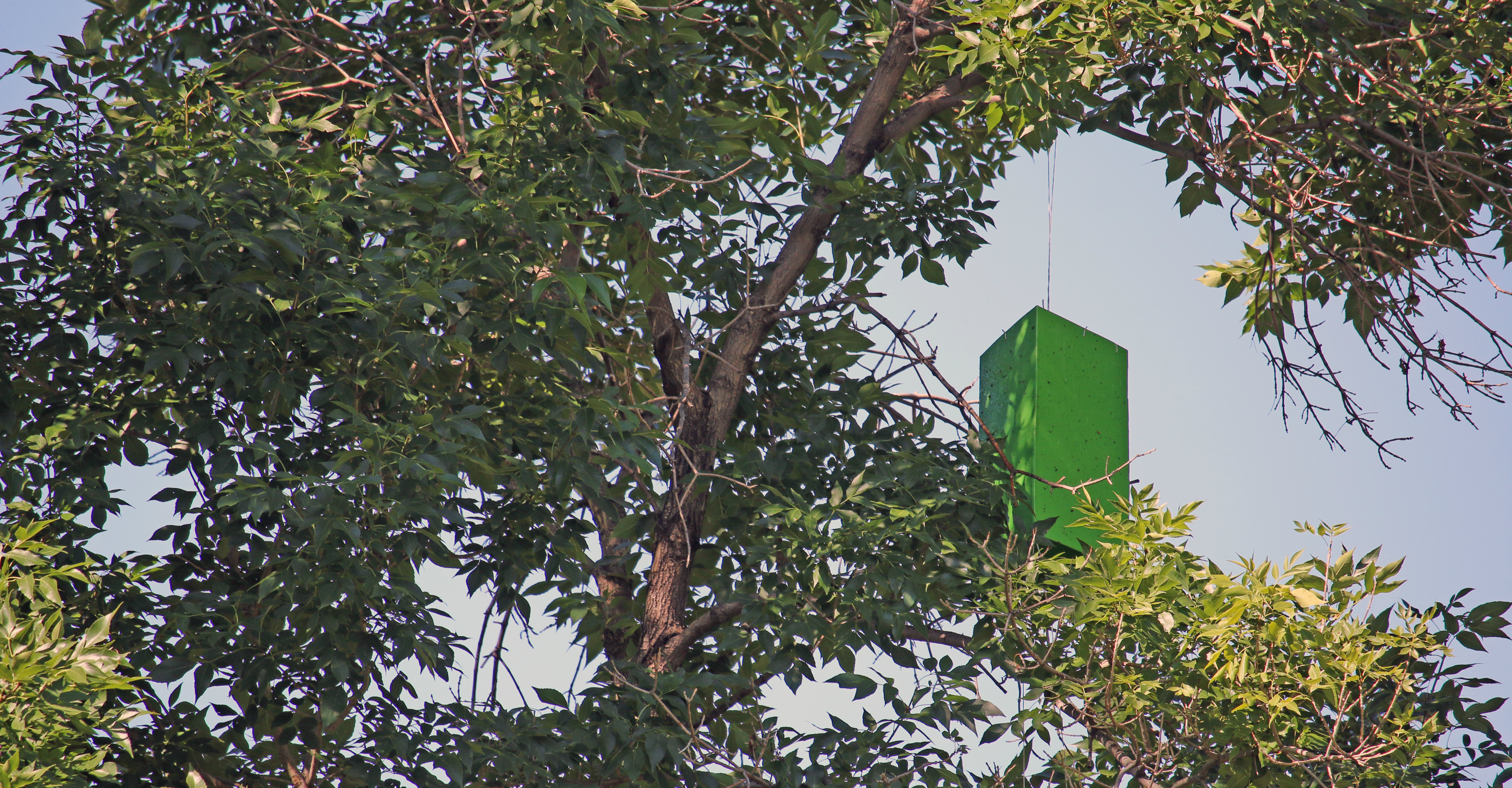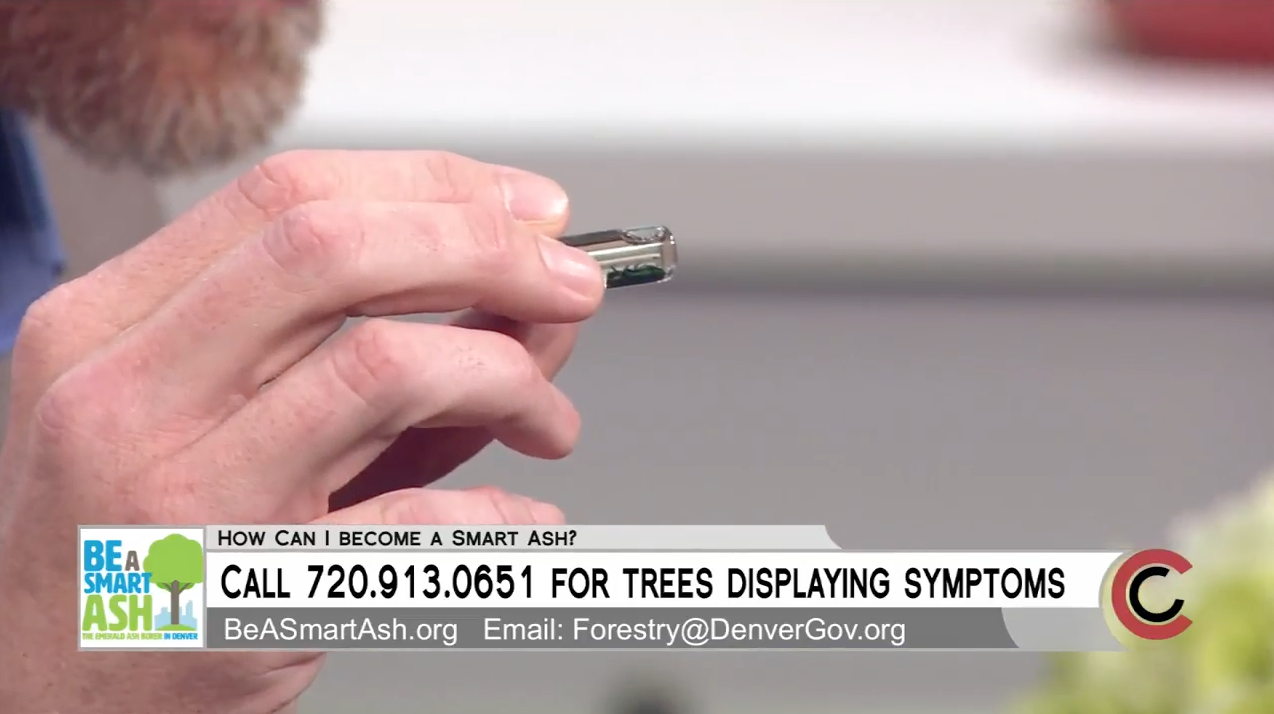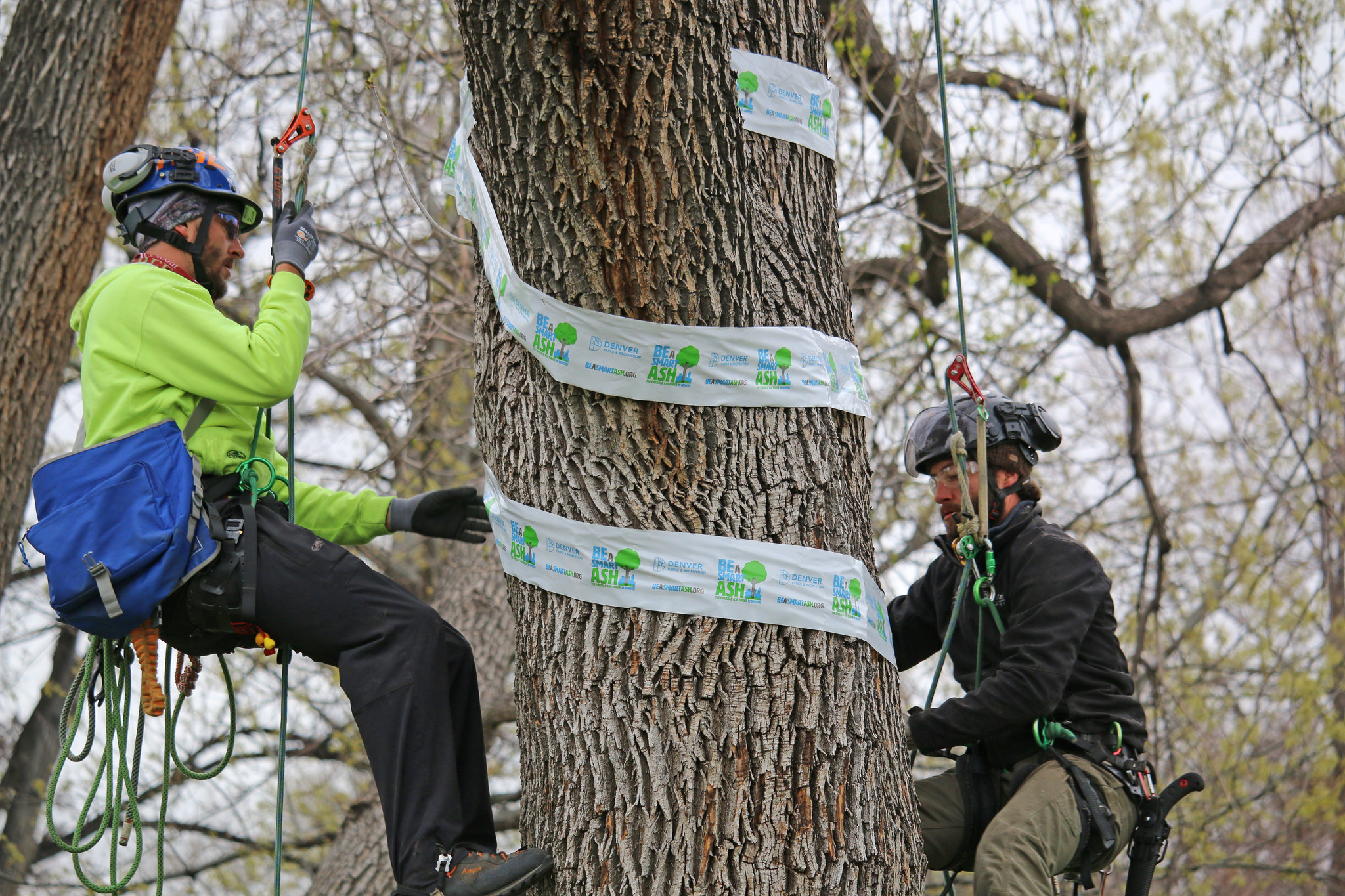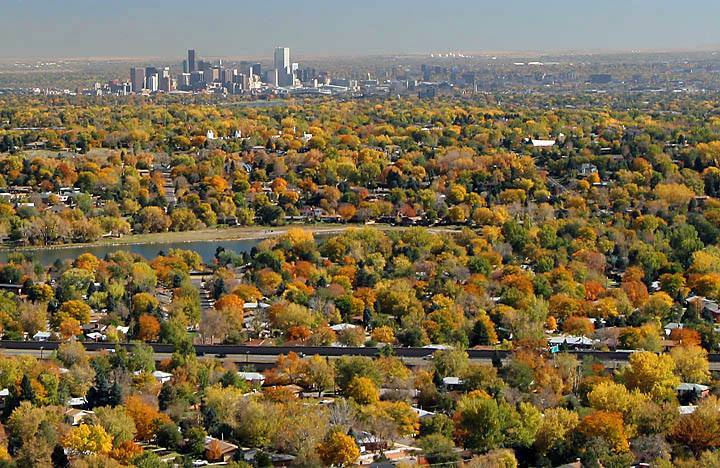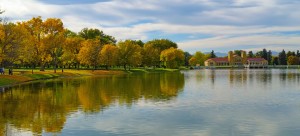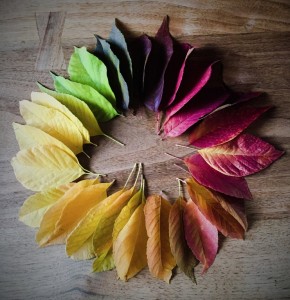Traps set to determine if & when emerald ash borer reaches Denver
DENVER — If you’re wandering through one of Denver’s public parks this summer and find yourself looking up to admire one of the city’s historic ash trees, you might notice a green or purple object hanging from it.
So what the heck are these things?
They’re known as sticky traps, and the Denver Parks and Recreation’s Office of the City Forester has deployed them in strategic parts of the city in an effort to determine whether the emerald ash borer (EAB) has arrived in the Metro area.

